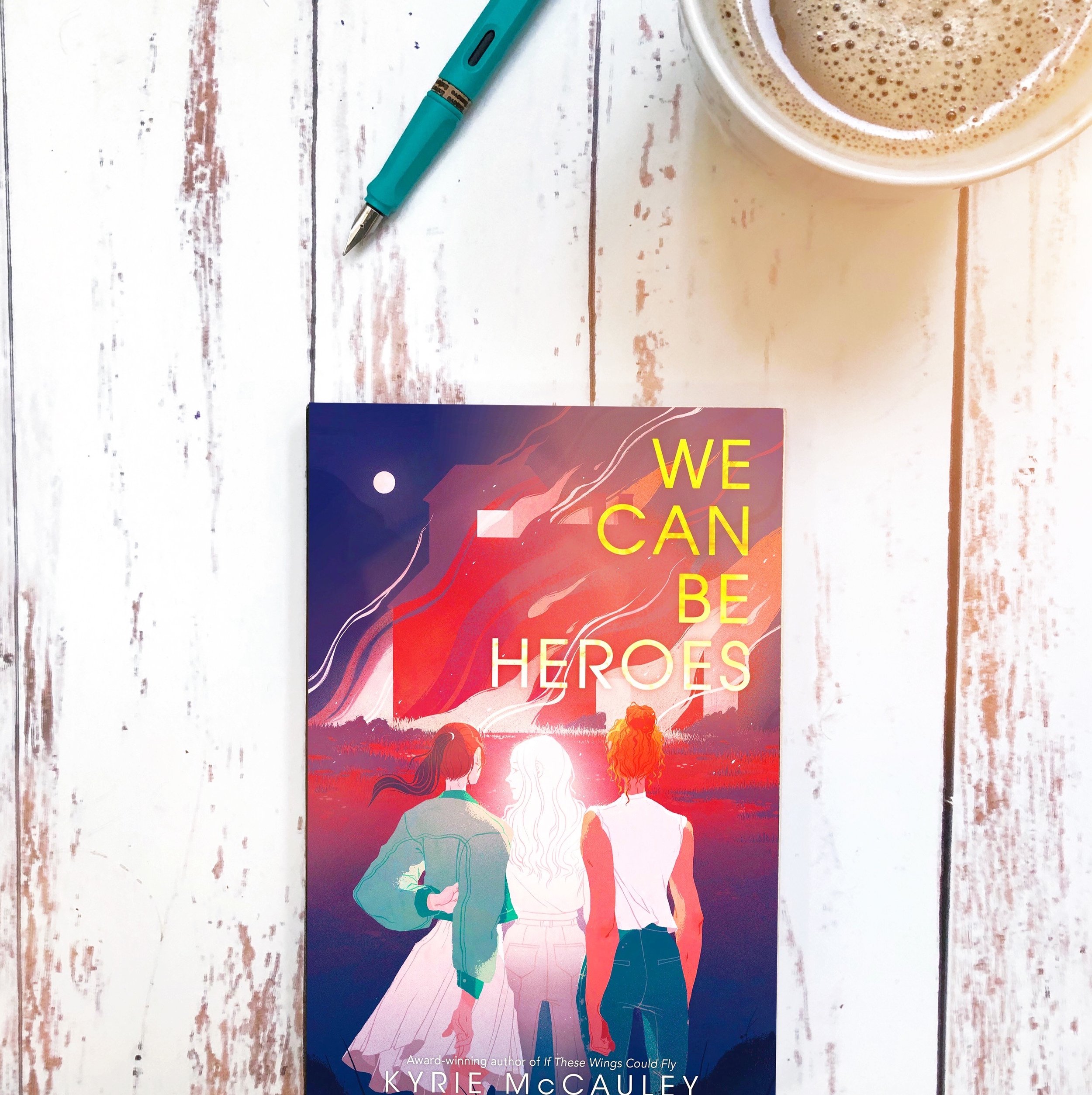Not-So-New Books: Every Heart a Doorway
“For us, places we went were home. We didn’t care if they were good or evil or neutral or what. We cared about the fact that for the first time, we didn’t have to pretend to be something we weren’t. We just got to be. That made all the difference in the world.”
No Solicitations
No Visitors
No Quests
That’s the sign outside Eleanor West’s School for Wayward Children, the under-the-radar boarding school where Nancy’s parents have sent her to recover. But Nancy doesn’t want to recover: When she disappeared through the mysterious door in her basement six months earlier, she found her true home in the Halls of the Dead, where her stillness and silence were welcomed by the Lord and Lady of Death, and all she wants is to find her way back home. But her parents refuse to accept her stories and insist that she needs help, that she needs to get better, so they send her to a school that promises to accomplish just that. Fortunately for Nancy, the school is run by someone who really understands what she’s going through—Eleanor West was a lost girl before she opened her school and filled it with other world-wanderers who’ve stumbled back home and wish they hadn’t. As she gets to know her new schoolmates, Nancy thinks she might have found a place where—even if it isn’t home—she might be able to belong. Then the murders start.
This book—it’s really a gorgeous little novella, so it’s a quick read—hit all the classic fantasy sweet spots: imaginary worlds, lonely girls longing for home, boarding school camaraderie, and a note of wistfulness running through the whole thing. I always wonder what happens to people like Alice after Wonderland, and this book suggests some answers: They’re always looking for the next rabbit hole or magic mirror and wishing to go back. Some of them, like Kade, know they can never turn return. (Turns out, Fairylands want little girls, not little boys.) Some, like Lorelei, are just waiting for their promised doors to reappear. Lundy, the school therapist, warns them that most people never get back to their fantasy worlds, but that doesn’t stop everyone from hoping she’ll be the exception.
The murder is really just a plot device—it’s not hard to figure out the culprit—the real story is the connections between the lonely students and their attempts to accept—or reject—the world where they’ve been expelled. The characters are the real story: Nancy, who slowly finds a family-of-choice among the students at the school; Sumi, Nancy’s nonsense world roommate whose clever hands are constantly moving; mad scientist Jack and her twin sister Jill; Christopher, who still dreams of his beautiful skeleton girl; beautiful Kade whose parents and Fairyland rejected him when he announced he was a boy. The cast of characters is pretty effortlessly diverse—no tokenism!—and their stories all feel compelling. And the lyrical, jagged fairy tale language feels just right for the story it’s telling. I think this is a lovely little dark fairy tale for young adults.


















